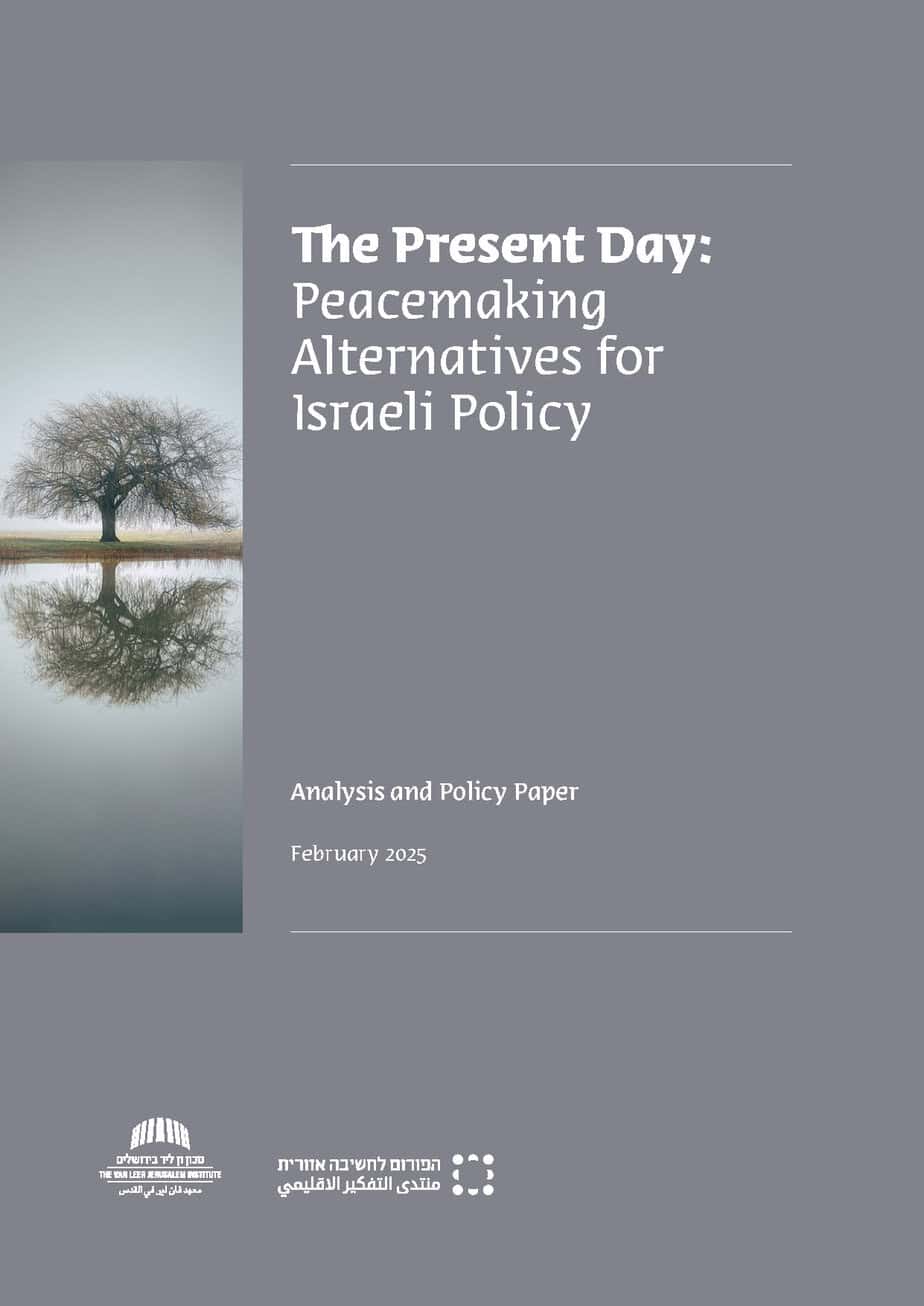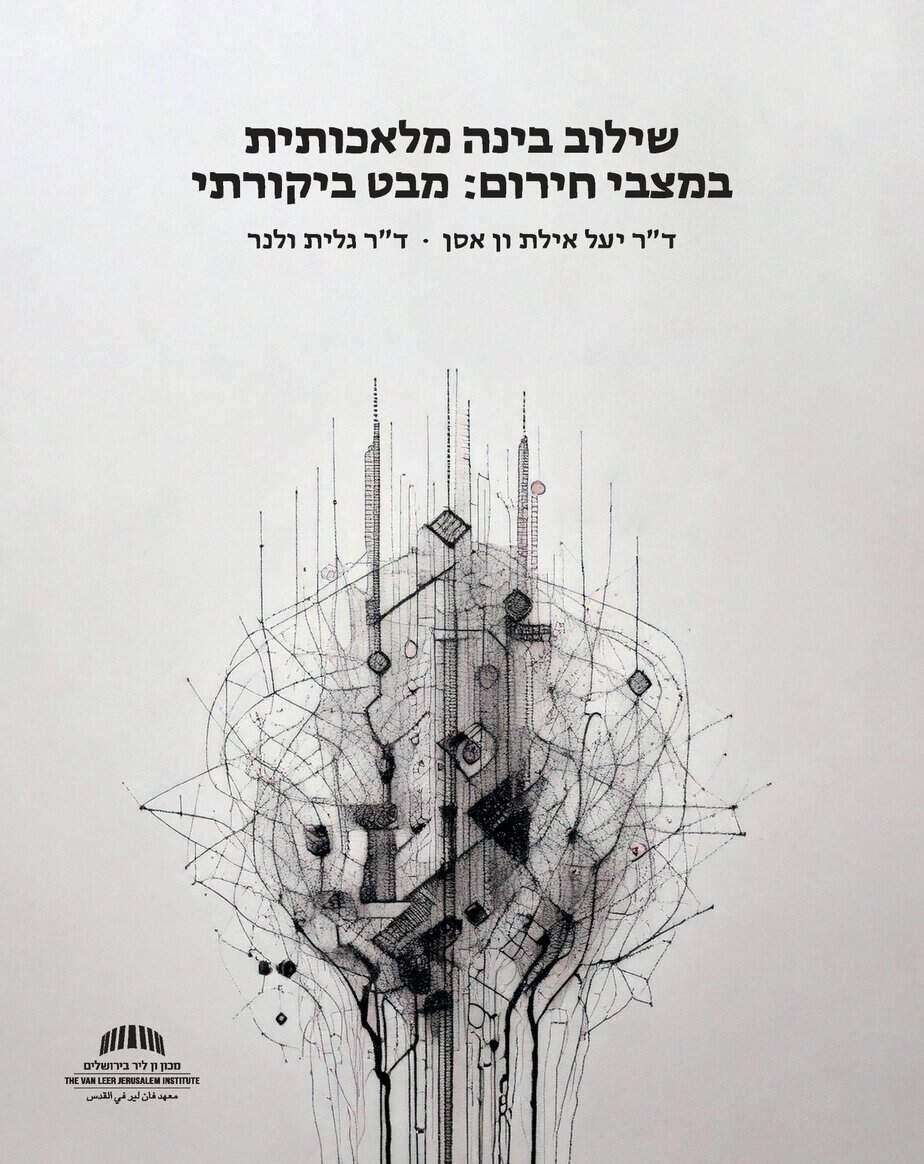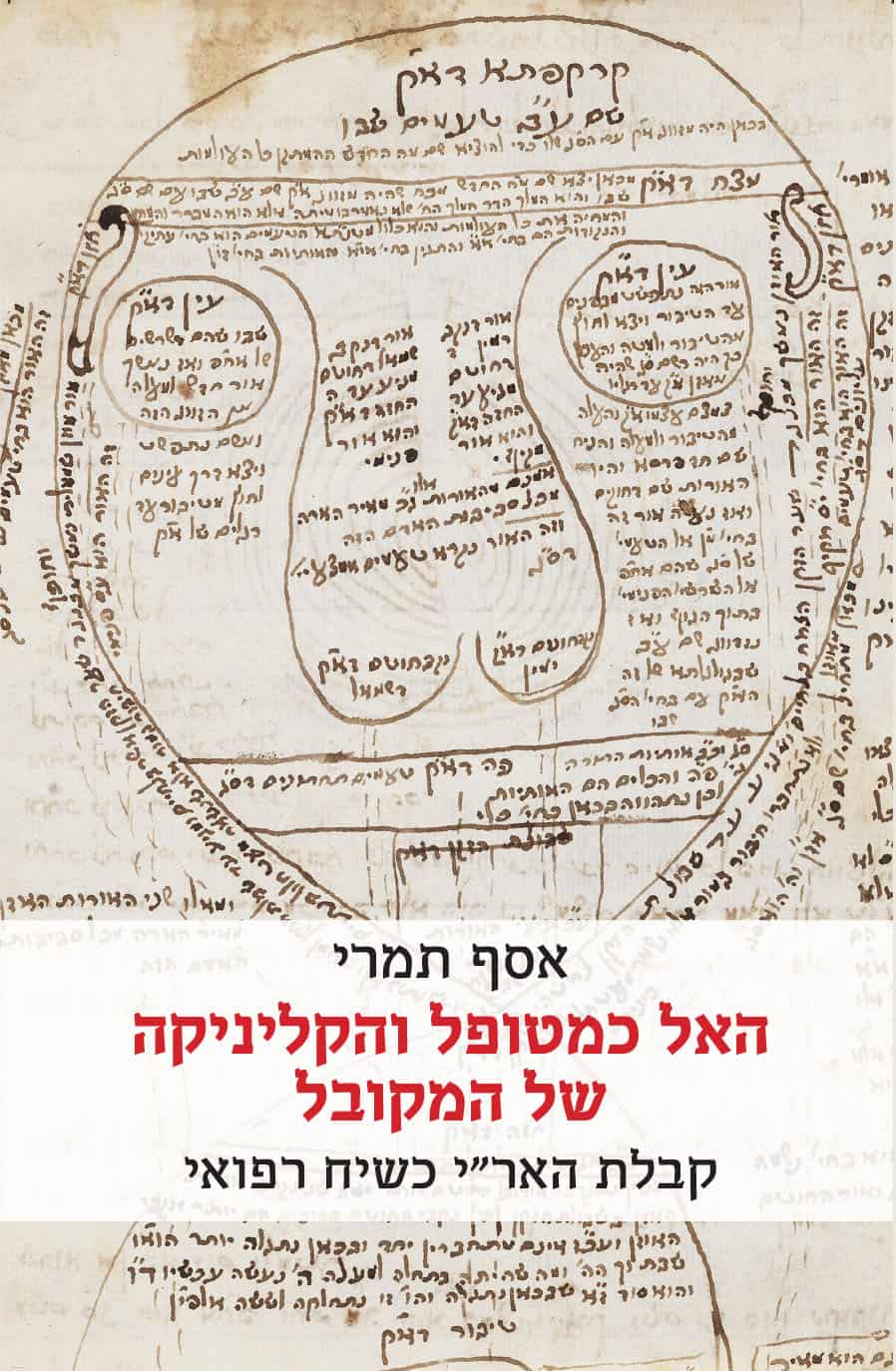The Ramifications of the War for Women in Israel
Essential, Transparent, and Excluded
| By | Hadasa Ben Eliyahu, Yael Hasson, Noga Dagan Buzaglo |
| Language | Hebrew |
| Year of Publication | 2024 |
The knowledge that has accumulated worldwide regarding the ramifications of emergency situations for states, societies, and people shows that the effects are not gender neutral—women face challenges that are different from those of men—both during the emergency itself and during the stage of recovery after it. Therefore, gendered thinking is needed in order to identify the needs of women in various areas of their lives and to respond in ways that are suited to their social and economic situations.
The current study focuses on mapping the condition of women in the first half year of the war, comparing it to the period of the outbreak of the COVID-19 pandemic, with the aim of identifying gendered patterns in two different crisis situations. The goal is to learn from them modes of operation, policy, and responses that can help reduce the spread of gender disparities and prevent additional harm to women in Israel—especially with regard to the degree of influence they have on decision-making in the country, their ability to earn a living, the intensification of the pre-war difficulty of balancing paid work and caring for family members, their physical and mental health, and coping with domestic violence.
At the beginning of the document, we present a review of the gendered ramifications of various crisis situations. After a brief description of the methodology, we list findings regarding the situation in Israel concerning political representation and influence, employment and livelihood, social services and the therapeutic deficit, domestic violence, and political silencing and persecution. In the last section, we present insights and propose directions of action and policy.
This document provides a knowledge base derived from international studies regarding the gendered impact of crisis situations (natural disasters, epidemics, economic crises, and armed conflicts) and from the identification and assigning of meaning to gender-sensitive data in the months following the outbreak of the war. An additional component in the knowledge base is information regarding the situation of women in Ukraine and Russia against the background of the continuing warfare between the two countries.




